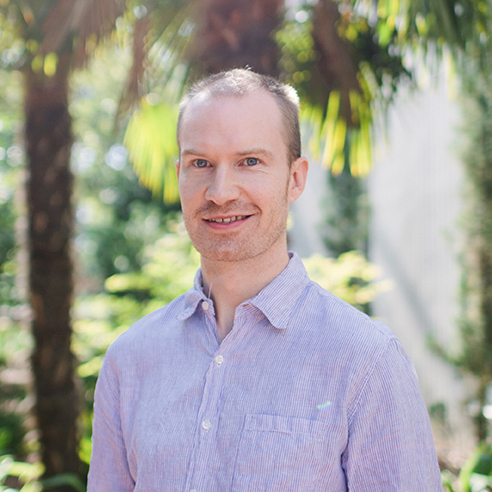
When it comes to voter turnout and election outcomes, it’s not just what you know, but perhaps who you know that makes the difference, according to a new study led by a Florida State University researcher.
People more closely connected to electoral candidates in their social network vote at higher rates, according to Matthew Pietryka, an assistant professor of political science. The term “social network” refers to the wide collection of family, friends and acquaintances that an individual has, as well as a social connection’s family, friends and acquaintances.
In addition to the higher participation rate, the study found that the greater the connection to candidates from a particular party, the more likely it is a voter will support that party and oppose the other.
Pietryka’s findings were published in the American Political Science Review.
“Research on the social determinants of voting has really lagged behind research on the personal determinants of voting,” Pietryka said. “The big problem is that many studies do a poor job measuring the social context which individuals are embedded. We know very little about how your friends and your family influence your views.”
For decades, political scientists have attempted to find the key identifiers in predicting how and why people vote. Researchers have long been aware of how certain key factors, such as race, class, education and psychological disposition have a strong degree of influence on electoral preferences.
These identifiers are key in part because they are easy to measure with surveys. Surveys focus on respondents’ attributes, but obscure the social context in which they reside. Political scientists have mostly followed suit — studying how things that are easy to measure in surveys influence voting. Thus, the influence of social networks on voting has received little attention.
This study, however, controlled for factors like race and education while simultaneously putting them into a proper social context.
Researchers used results from an 1859 election in Alexandria, Va., and an 1874 election from Newport, Ky., to conduct the study. These 19th-century electoral results were gathered by Don DeBats, a historian from Flinders University in Australia who collaborated with Pietryka. DeBats spent the better part of the past two decades compiling information on the citizens of each city and their individual social network.
For every citizen eligible to vote, researchers measured their proximity to all the candidates.
“For instance, you might be the neighbor of someone who ran for city council, or you might go to church with someone who ran for city council,” Pietryka said. “What we were doing was looking to see what individuals shared some social connection with candidates. We played something like ‘Six Degrees of Kevin Bacon,’ where we said if you are neighbors with someone who works with someone who ran for city council, you’re two degrees removed.”
Because the voting records from Alexandria and Newport were both intact and very detailed, Pietryka said, the results from the 19th century were important in reaching his conclusion.
“We could build up a much more detailed social network of these people living in the 19th century than we could with data on people living today,” he said.
Pietryka also used results from a 2010 election in Williamsburg, Va., where a student from the College of William & Mary ran for city council. Data came from a survey given to students identifying their voting preferences, as well as their friends at the university.
Despite a more than 150-year difference between the voting time frames, the researchers said their findings held constant regardless of the time period and electoral composition.
Pietryka plans to expand the scope of his research in the future using a concept known as “friends and neighbors voting,” which examines the impact of geographic proximity on voting. Pietryka said he wants to explore how physical and social distance intertwine with ethnicity and class to shape people’s political participation.




